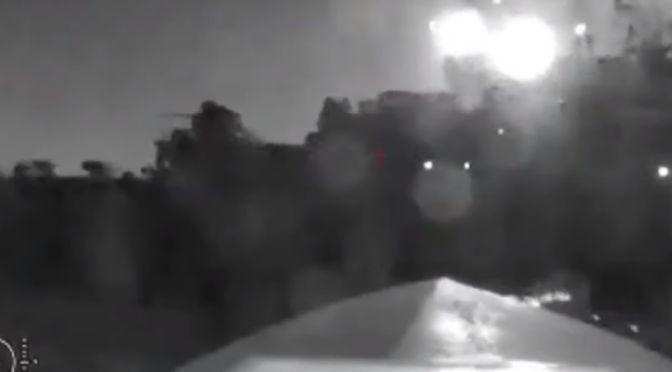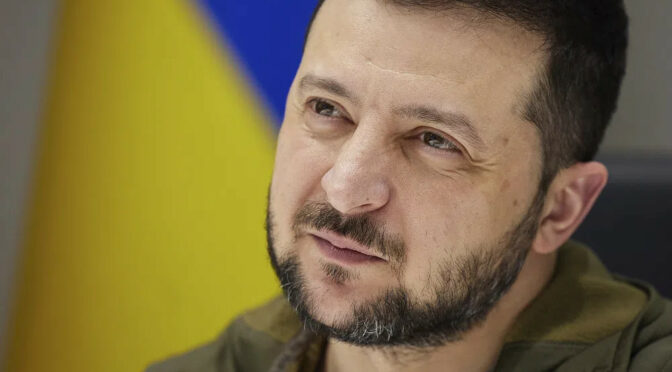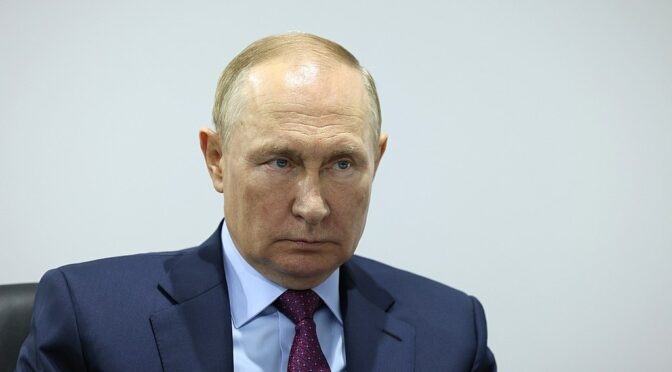Article published in The Daily Telegraph, 7 August 2023. © Richard Kemp
While all eyes are on the land war in Ukraine, the greater strategic prize for Kyiv could well be found in the war at sea – something quite remarkable for a country without a conventional navy. In two days, two major Russian ships have been hit by maritime attack drones, both operating in the vicinity of Novorossiysk, Russia’s main Black Sea oil port which exports 600,000 barrels a day.
They illustrate both Russia’s vulnerability at sea and the potential opportunity to inflict severe economic damage on Moscow. This was particularly true of the attack on the oil tanker Sig, thought to have been sailing to Feodosia on the Crimean coast to load a cargo of jet fuel. Damaging or even sinking vessels like the Sig and the Olenegorsky Gornyak will have an impact on Russian military logistics, but the consequences go well beyond that.
Just hours before the Sig was hit, the Ukrainian State Hydrographic Office issued a warning that the whole of Russia’s Black Sea coast, from Taman to Sochi, was now a ‘war risk’ zone to all ships. That followed a declaration from Ukraine’s ministry of defence in July that all vessels heading to Russian controlled ports on the Black Sea may be treated as carrying military cargo.
Perhaps that was considered rhetorical payback for Moscow’s threats against shipping headed to Ukrainian seaports. But backed up by the two drone strikes in a few days – with perhaps more to follow – the latest warning could be enough to deter many civilian cargo vessels from plying to any port in the designated area, inflicting a severe shock on Russia’s economy.
To understand the extent of this threat to Moscow, just follow the oil exports. They have become the lifeblood of Russian government revenues. The oil trade – mainly to China and India – generates the foreign currency needed to keep the rouble in equilibrium. And for all the talk of Russian pipelines, Putin is still reliant on Black Sea Continue reading







